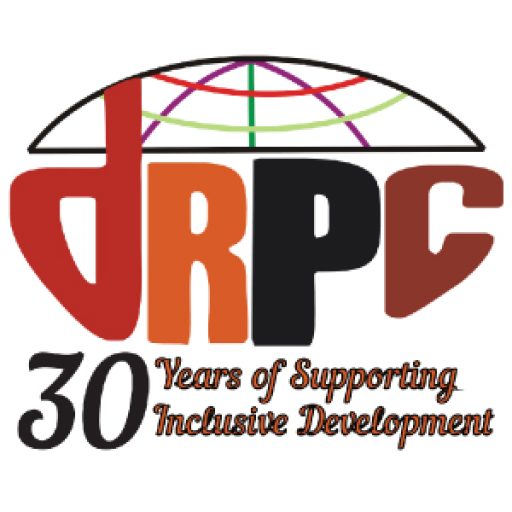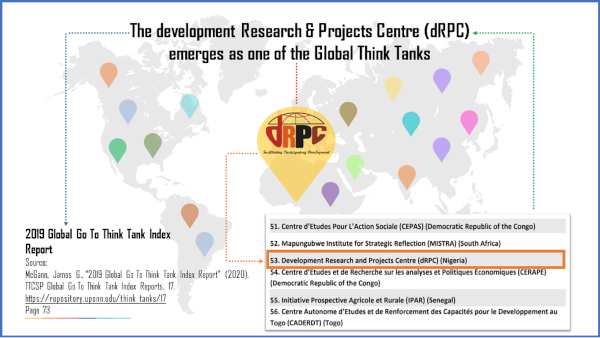2015 could prove to be a pivotal year for development. In the discussions to come, supporting local leadership in development should be given high priority.
Since the revolution of participatory development in the 1970s, local leadership has bubbled up as a standard of practice. Terms such as “beneficiary empowerment,” “self-led development” and “aid localization” now dominate development conversations and populate calls for proposals. Bidders respond with toolkits and theories of change promising bottom-up development. International development nongovernmental organizations (NGOs), in particular, claim the inclusive development space, branding themselves pro-poor and leaders of the local leadership. Engage us, the story goes and local communities will also be engaged!
In reality, however, one of the best-kept secrets in global development is the competition between non-state development providers (NGOs, universities and consultants) and the global players who fund and determine directions in development. Ethiopia, India, South Africa, and now China are frequently talked about in development circles as “difficult” countries where donor-funded programs are constantly at risk due to national-centric practices of both state and non-state actors.
The call for greater local leadership has not been lost on the development effectiveness community. A policy shift away from foreign implementing agencies to in-country non-state actors has now taken place within multilateral and bilateral circles. Cost effectiveness, sustainability, third sector employment creation, and inclusiveness underpin this shift as a less interventionist role is mapped out for global players. In countries such as Nigeria, confronting new development challenges with dwindling domestic revenue, investments from the development assistance community offer an incredible opportunity to roll out a new model of less global and more local development.
This opportunity comes at a time when a different type of donor fatigue pervades the non-state actor community in Nigeria. A 2014 landscaping of 395 civil society organizations in Nigeria conducted by the development Research and Projects Centre (dRPC) for the Bill & Melinda Gates Foundation paints a picture of a non-state sector with a strong sense of being crowded out by global players. Groups accused global partners of poaching their best staff; driving up third sector salaries; implementing top-down programs; appropriating indigenous best practices without accreditation; and closing out without sustainability planning.
While development assistance from big funders to Nigeria is falling,[1] a new generation of interventions is being rolled out to strengthen local level leadership. These interventions include the Bill & Melinda Gates Foundation’s Partnership for Child and Family Health (PACFaH) in Nigeria project, which aims to build the capacity of leading local NGOs to advocate for improved outcomes and funding; the 2015/16 British High Commission’s Small Grant Program for Nigerian NGOs; the Ford Foundation’s engagement of four Nigerian NGOs to work towards ending child marriage; the MacArthur Foundation’s emphasis on funding indigenous Nigerian education NGOs; the European Union-funded Fuel Woods Project implemented by an indigenous conservation NGO; and the Clinton CHARGE initiative, which incorporated a local NGO from Kano State, Nigeria as an equal partner with big players such as UNICEF.
Best practices from these interventions include mainstreaming capacity-building throughout the project cycle; engaging intermediary providers such as the development Research and Projects Centre (dRPC) and The Education Partnership Center TEP to build capacity; supporting local groups to strengthen compliance systems; encouraging learning partnerships between global and local organizations as in grantees of the multi-donor collaborative the Partnership to Strengthen Innovation and Practice in Secondary Education (PSIPSE); and designing interventions to enable a local NGO to lead while learning from a global partner as in the EU-funded fuel woods project. One local leader whose community received a small grant from the British High Commission in 2003 was quick to point out that without this direct support, there would be no women’s health post in Zandam village, Katsina State. For the head of Zandam village, the Magaji of Zandam, local leadership means job creation, new skills, and a sense of pride for a community that built, staffed, and ran its health post.
But there is still much work to be done as many donors continue to do business as usual cutting short NGO capacity-building projects. The message for these groups is to take risks; invest in local capacity building; engage local intermediary capacity-building providers; develop incentives to encourage global partners to share competences and mentor local groups such as the United States Agency for International Development’s Grant and Solicitation Management Project mechanism implemented by World Learning; incorporate local leadership and sustainability planning indicators into assessment protocols of competitive bids; score and rank global implementers, especially those with local registration on ethical practices around local empowerment; target the media in any civil society intervention; and develop innovative program designs so that emerging, developed and mature local NGOs can access small, medium, and large donor funding windows. Current interventions assume that all local NGOs are emerging groups and restrict even mature groups from applying as prime recipients.
But, above all, as the global community prepares to set the goals for the sustainable development agenda in September, countries such as Nigeria, facing fiscal deficits, require support to enable the state to meet its obligations and require further assistance in the form of dedicated funding to the non-state sector for civil society capacity-building and leadership development.

